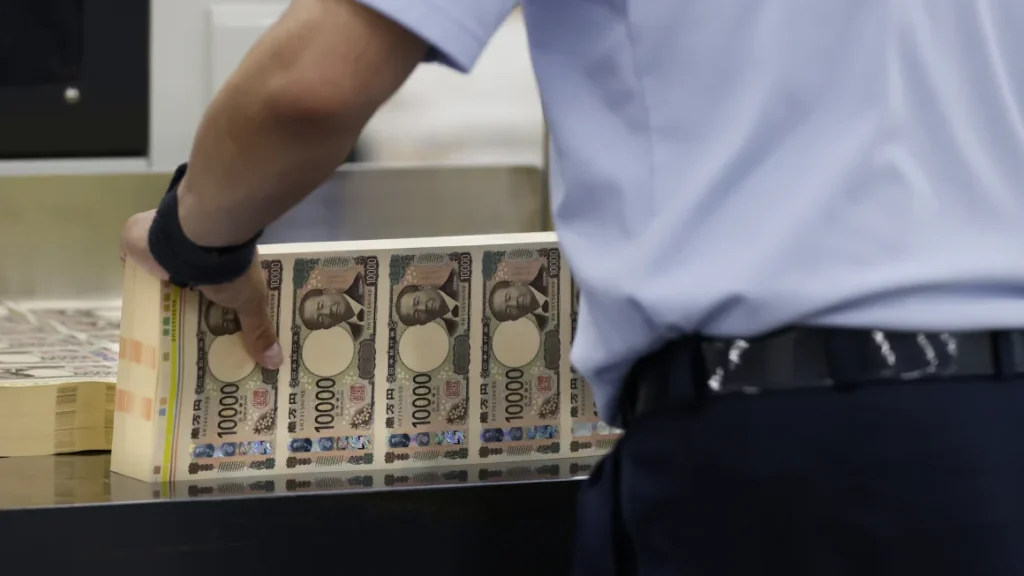
Banks across Japan began stocking their ATMs on Wednesday with shiny new yen notes sourced from an unlikely location – vibrant yellow flowering paperbush shrubs that grow on craggy Himalayan mountains in Nepal.
Before entering the wallets of Japanese consumers, the yen notes had a long, complex journey involving months of labor and transport by land and air across thousands of kilometers.
And this process has offered a potential new source of income to communities in one of the world’s poorest countries, by providing cash for one of its richest.
Though Japan has pushed for more digital payments in recent years, cash still reigns king, and it trails behind other Asian countries like China that have gone almost completely cashless.
“I really think that Nepal contributed to Japan’s economy, as cash is fundamental to the Japanese economy,” said Tadashi Matsubara, president of Kanpou, the company that produces paper for the Japanese government.
“Without Nepal, Japan would not function.”
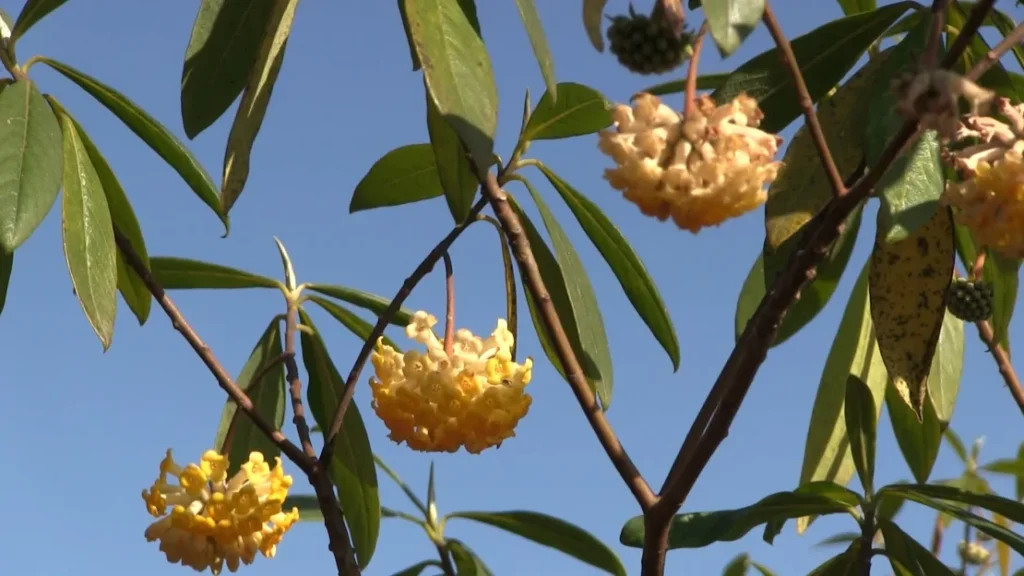
The long journey
The path from shrub to bill begins at the foot of the Himalayas in Nepal, near towns that have long been famous not for their agriculture but as gateways to Mount Everest.
Here, every spring, hillsides erupt in yellow – the flowers of the mitsumata plant, also known as argeli or paperbush, native to the Himalayan range. Its bark has long, strong fibers that are perfect for making thin yet durable paper, according to the Kantou website.
It used to be grown domestically in Japan, but production has been slowly dwindling for years, said Matsubara. It’s hard work tied to the countryside, and people are increasingly moving from rural areas to big cities like Tokyo in search of jobs – leaving shrinking villages and dying industries.
“The current reality is that the number of farmers who produce paperbush is becoming smaller and smaller,” Matsubara said.
The diminishing rural population, worsened by Japan’s demographic crisis as birth rates plummet, also mean “there are no heirs, there are no inheritors” to paperbush farms, he added.
That’s where the Nepali supply chain came in.
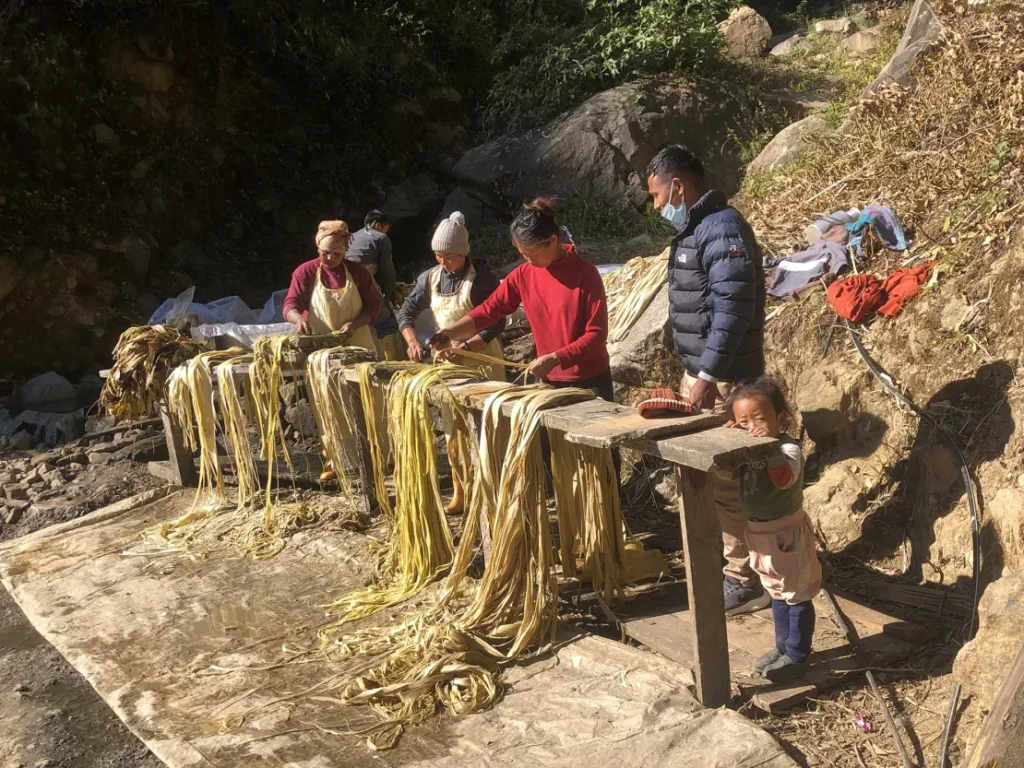
Kanpou first went to Nepal through a charity program in the 1990s to help farmers dig wells – and once there, discovered paperbush growing on mountains as far as the eye could see. They began teaching farmers to cultivate the crop, initially only produced and exported in small quantities.
But as the shortage of Japanese paperbush became evident in the following years, Kanpou and the Nepali farmers ramped up production until they became the main source of the yen bill.
It’s a protracted process, said Matsubara: farmers plant seedlings in early summer, harvest their branches in the fall, then spend several months processing the bark through steaming, peeling, washing and drying.
Once the raw paper is ready in the winter, it’s sent to the Nepali capital Kathmandu and driven to the western Indian city Kolkata, where it’s brought by ship to Yokohama, Japan.
After inspection, the paper is further processed, printed, and cut into cash by the National Printing Bureau in nearby Odawara city.
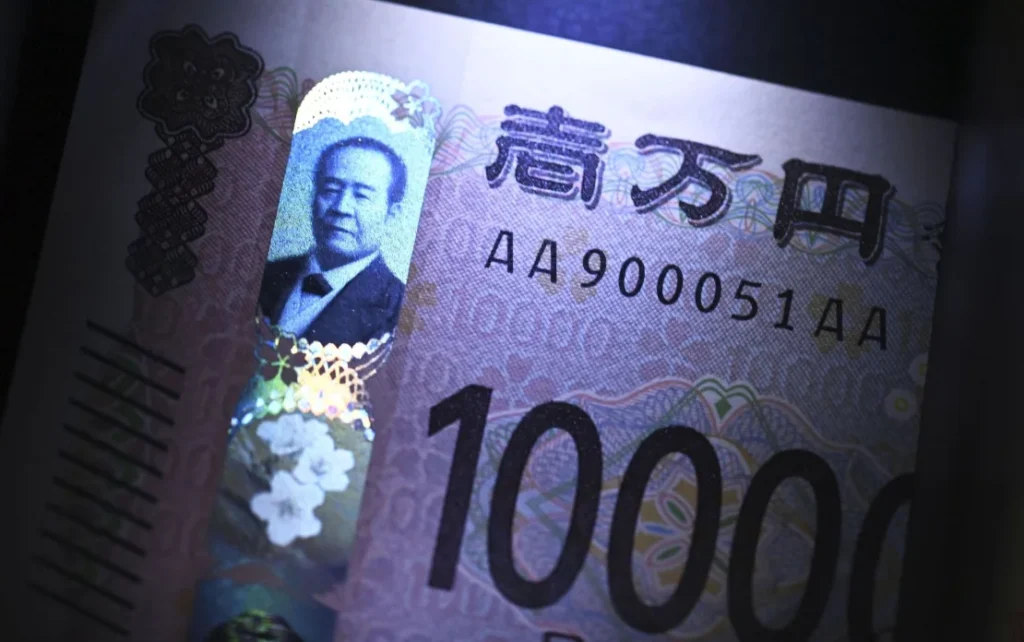
And the new bills being distributed this week boast a number of new features, according to the Bank of Japan – including hologram portraits depicting a number of prominent historical figures to prevent counterfeiting, with the portrait heads appearing to turn from side to side as you move the bill.
While other countries have previously used holograms on currency, this is the first such use of hologram portraits, according to the central bank. Other features include parts of the bill printed in pearl and luminescent ink, and tactile marks for the visually impaired.
Benefit to communities
As the new bills begin circulating, demand for paperbush is rising, with Matsubara saying the new notes appear to use more raw material than the old ones.
In 2022, paper articles and paper scraps – including other products besides the paperbush used for currency – made up more than 9% of Nepal’s exports to Japan, worth $1.2 million, according to the Observatory of Economic Complexity (OEC), which visualizes and distributes international trade data.
As of last year, more than 60% of transactions in Japan were done with cash, with the remainder by digital payments and other methods, according to the national Ministry of Economy, Trade and Industry.
The profits from the paperbush sales have provided a new revenue stream to Nepali communities, said Matsubara. He claimed the growing industry has helped build new facilities and infrastructure in Kanpou’s partner villages, and provided newfound financial stability to vulnerable families.
Since 2016, Kanpou has also received aid funding from the government’s Japan International Cooperation Agency, allowing them to expand operations, Matsubara said.
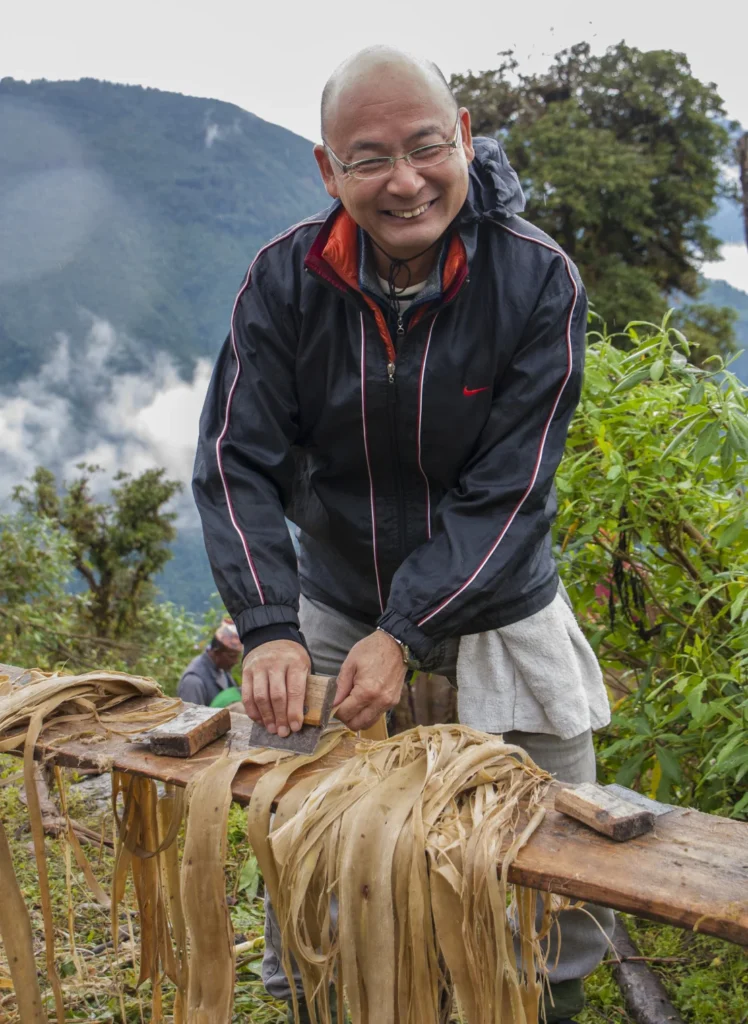
Kanpou does not have data on the average incomes for their partner villages, Matsubara said – but he estimated that each household earns less than 10,000 yen (about $62), given the lack of other dominant agricultural products at that altitude.
In 2015, rural Nepali households had an average monthly income of 27,511 Nepalese rupees (about $205), according to global economic database CEIC.
Meanwhile, the latest crop of paperbush from Nepal’s Ilam district was sold to Japan for more than 180,000 yen (about $1,114) – meaning a revenue of about 30,000 yen ($185) for each of the six farmer groups that participated within the district, Matsubara said.
was unable to independently verify Matsubara’s claims.
“Initially, this activity was about Japanese aid to Nepal. Now, I think it is different … the Nepalese people are working hard (to help) Japan,” he said
“Without mitsumata, Nepal’s (paperbush), we would not have been able to produce the new bill.”

